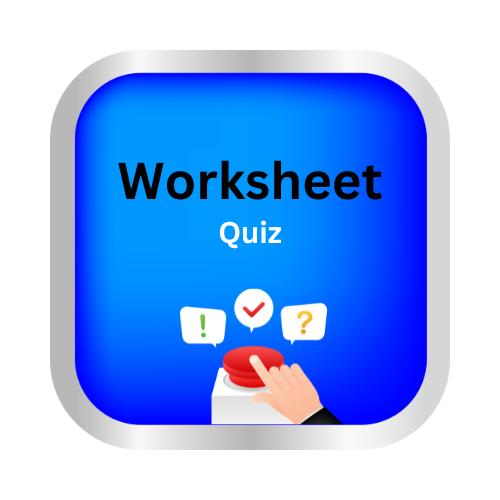Identify coordinating conjunctions
Key Notes:
🌟 Identify Coordinating Conjunctions ✍️
| 🔹 What are Coordinating Conjunctions? |
👉 Coordinating conjunctions are words that connect two words, phrases, or sentences that are equally important.
| 🧩 The FANBOYS Rule 🎉 |
Remember the 7 coordinating conjunctions with the word FANBOYS:
- F = for (reason) 💡
- A = and (addition) ➕
- N = nor (negative choice) 🚫
- B = but (contrast) ⚡
- O = or (choice) 🔄
- Y = yet (unexpected contrast) 🤔
- S = so (result) 🎯
| ✨ Examples: |
- I want pizza 🍕 and pasta 🍝.
- She is tired 😴 but happy 😊.
- You can read 📖 or write ✍️.
- He was late ⏰, so he missed the bus 🚌.
| 🎯 How to Identify Them? |
- ✔️ Look for words that join equal parts of a sentence.
- ✔️ Check if the word is from FANBOYS.
- ✔️ See if it connects two main ideas.
| 🌈 Quick Tip: |
👉 If the word connects similar ideas, it’s likely a coordinating conjunction.
💡 Remember: FANBOYS = Your best friends in joining words and sentences! 🚀
let’s practice!
Pages: 1 2

